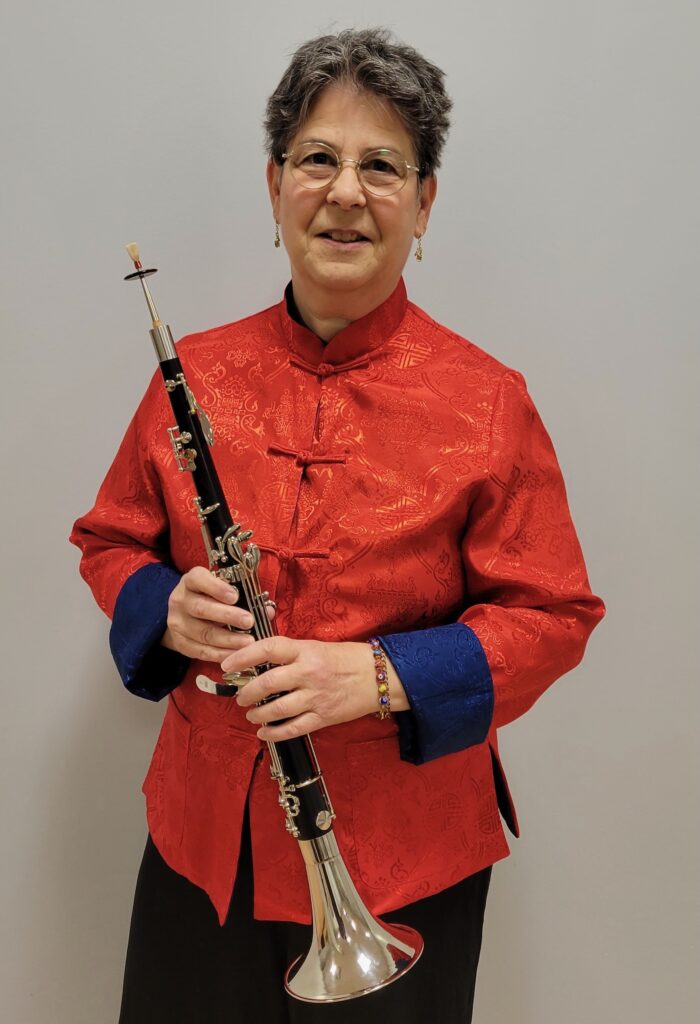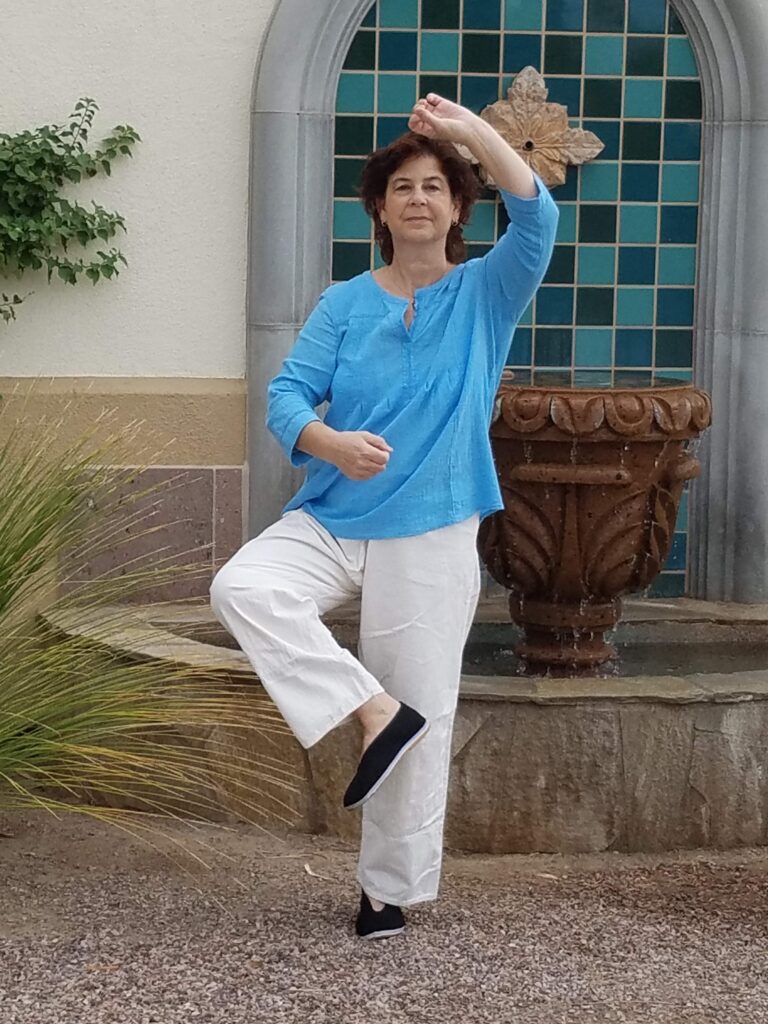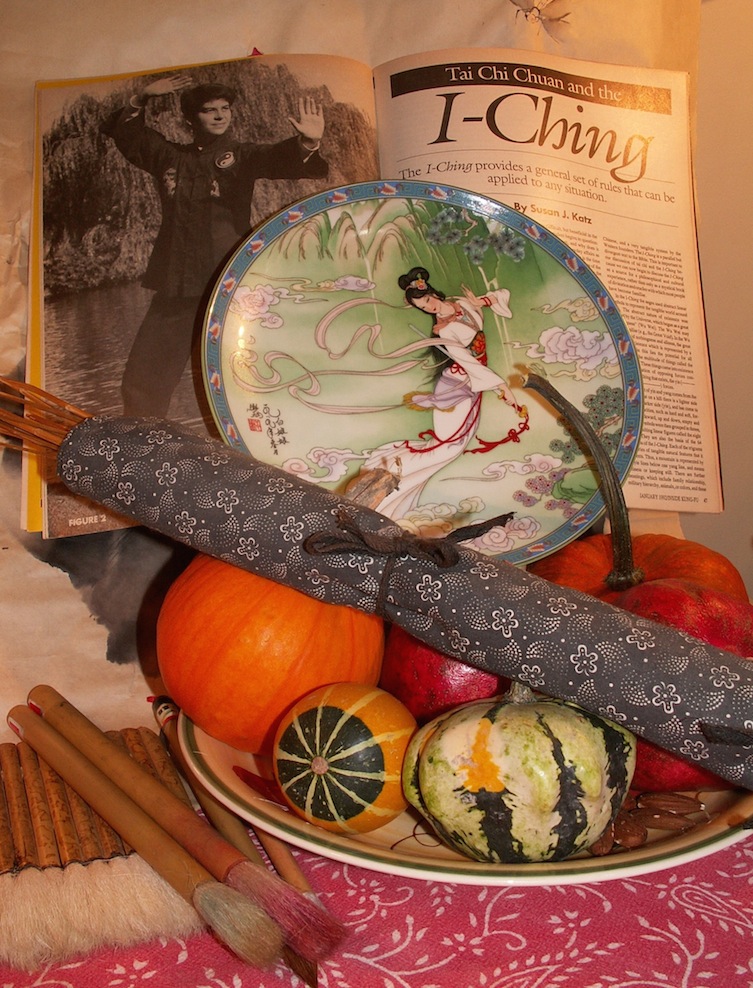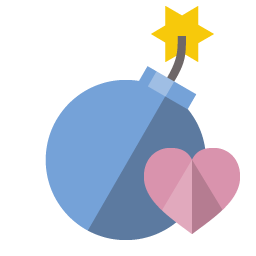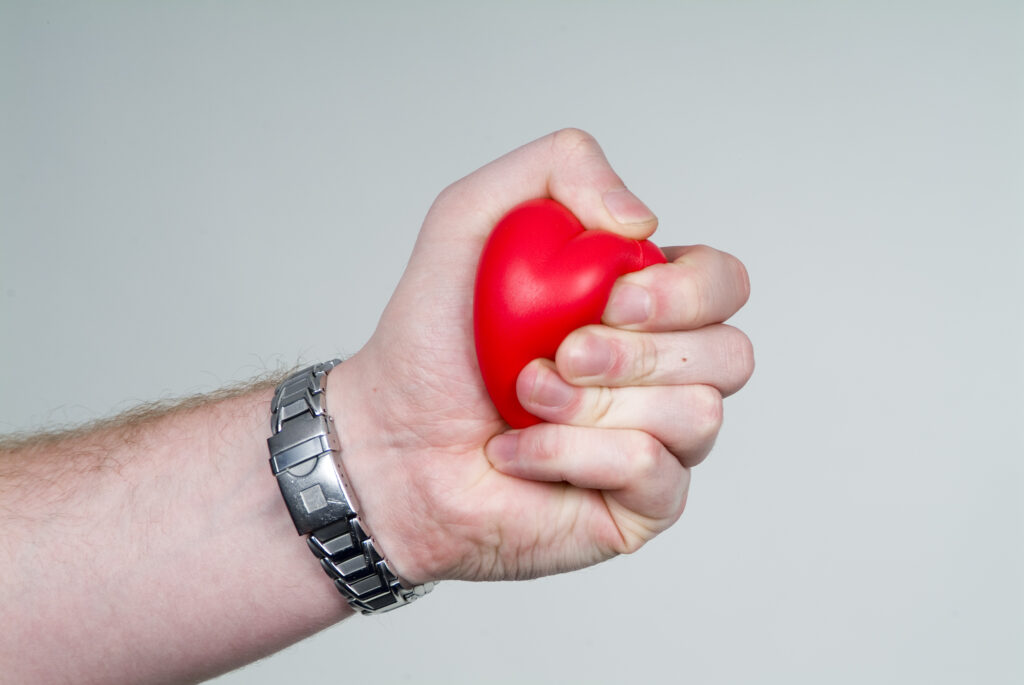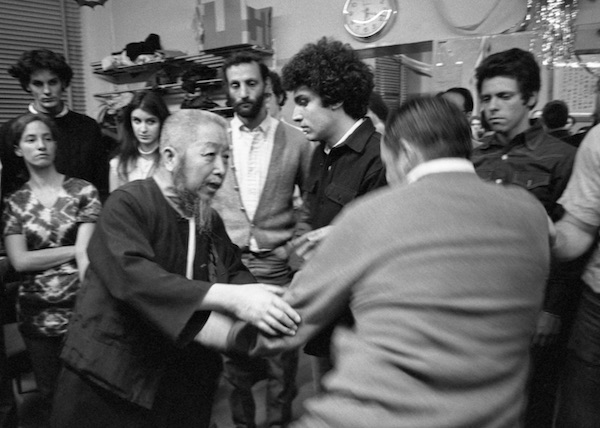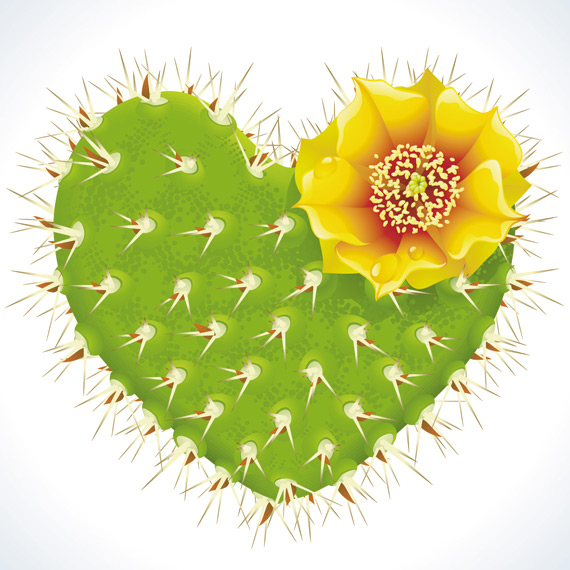-
Scheherazade
I was speaking with someone recently who had a challenging exam coming up and did not feel ready. The teacher insisted she be there and take the exam. Despite all the reasons she could summon to postpone, he compelled her to be there. She passed with flying colours. How? she thought about someone important to her that had recently passed away, and decided to dedicate her endeavour to the memory of that person.
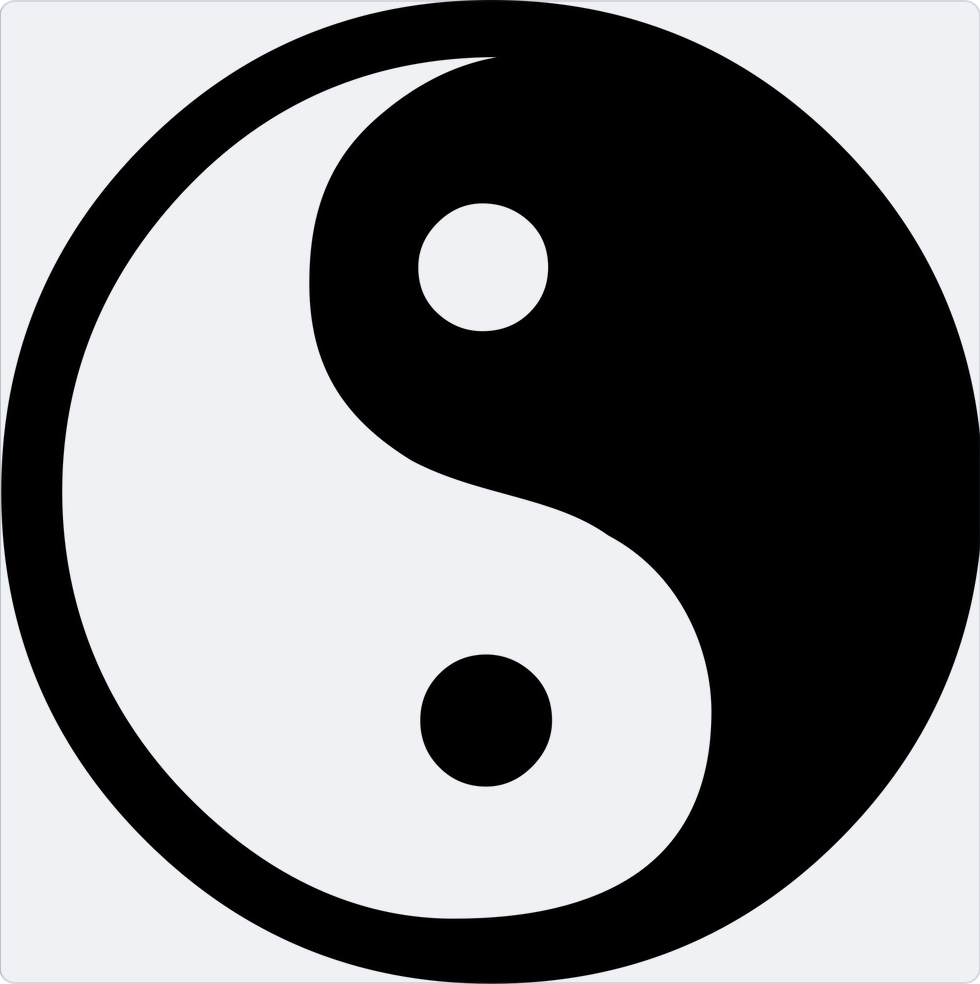
This reminded me of a similar experience I’d had many years ago. My Tai Chi Chu’an instructor had been called and told by his teacher, the venerable Grand Master who’d brought traditional martial arts of the 1930’s China to North America, that he was to bring his students to a banquet in his honour, and demonstrate what he’d been teaching us. It was a daunting proposition; we three senior students rehearsed the 108 steps, a Wu-Yang combined form, for weeks. We got our outfits organized, and hoped for the best.
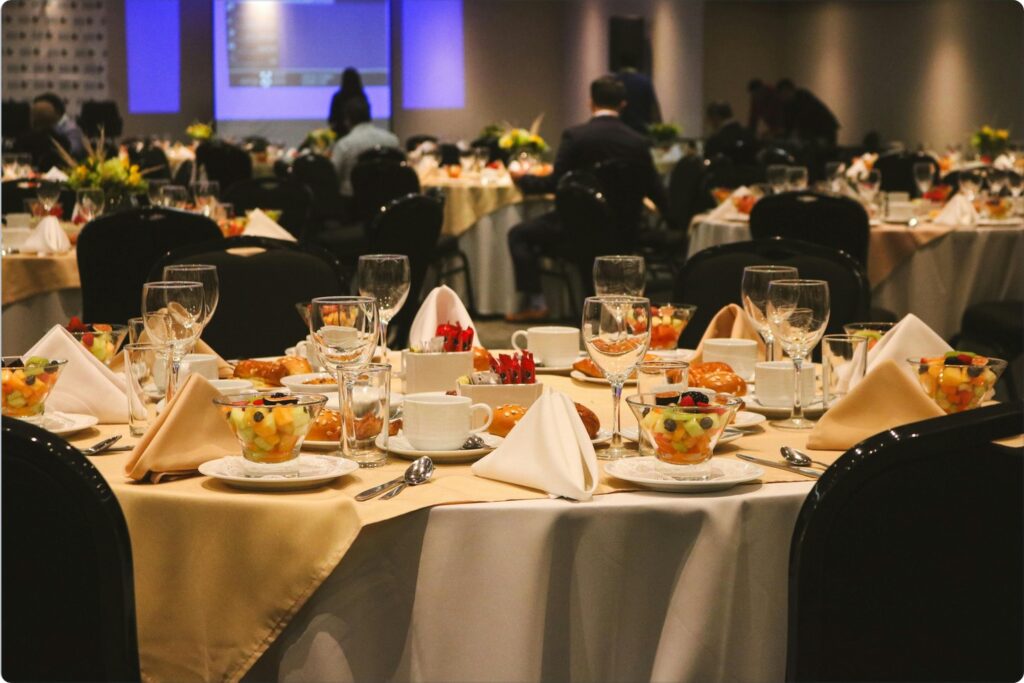
The banquet was in an enormous Chinese restaurant in Vancouver, with over 400 guests. The demonstrations were to be held on a small dance floor, a tiny lit up showplace for for all the guests to revel in and be dazzled by the proficiency and nerve of the students and teachers that the Grand Master had produced in his 20 years in Vancouver.
By the time I arrived at the restaurant, with my special jacket slung over my arm, my teacher was already there. I was ushered over to his table. The ‘Three Musketeers’ as the three of us had started to call ourselves, were not unaware of the spectacle we were about to become part of. One was just plain talking nonsense to ease his nerves, and the other was resigned to ‘it is what it is’. I had rehearsed the form so many times that my brain couldn’t hold any more pictures of how to do it. We put on our jackets behind a screen and waited for our turn, at our seats.
Suddenly, we were signalled to go to the spotlighted floor. We stood on the precipice between the carpet and parquet, then for a moment looked at each other more like the Three Stooges. I didn’t want to us to be stooges, though. Our teachers had honoured us with imparting their wisdom, truth, and patience, and I wanted to honour them by showing this austere martial arts community that we were fully trained and awake. We stood in our places, and took a breath together and then began. ‘Raise hands…’
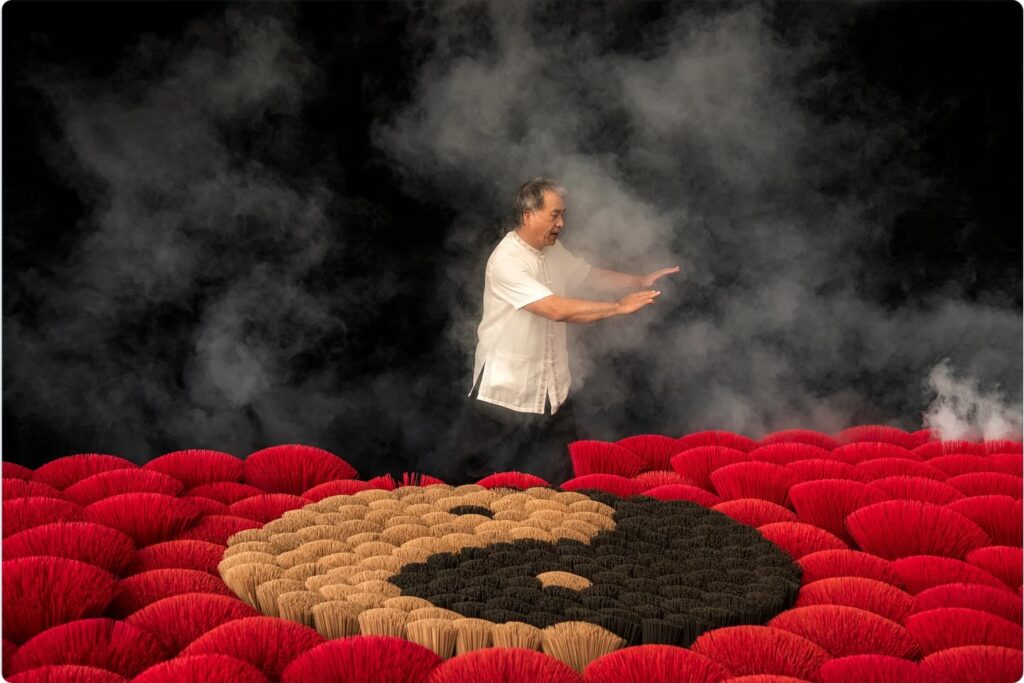
I felt the fluid rise, fall, carry, circle, beauty, grace, touch, light, heavy, breath in and out with each step for 108 movements. Time and place slipped away until I came to a close just where I began, and bowed, hands held towards the Grand Master, our Teacher, and the audience, in proper kungfu gesture of respect. My comrades were looking sheepish as we walked back to our table. Something unexpected then unfolded,
Along the way back, people smiled and reached towards me. When we sat, my teacher had me sit next to him. Beneath his thick moustache, his mouth grinned, dimples deep in his cheeks and face blushing. He tapped my hand, then closed and opened his eyes with a nod of silent praise. We were almost the last on the floor demonstrations, and straight away, the Grand Master began circulating to the tables to have photos with his guests. He first came to our table. I assumed it was to honour my teacher for bringing his industrious, intrepid students. Which was true: but instead of standing next to my teacher for the photos, he stood behind me for all of them! My teacher beamed with pride, to have succeeded so well with his students that his own teacher honoured one so.
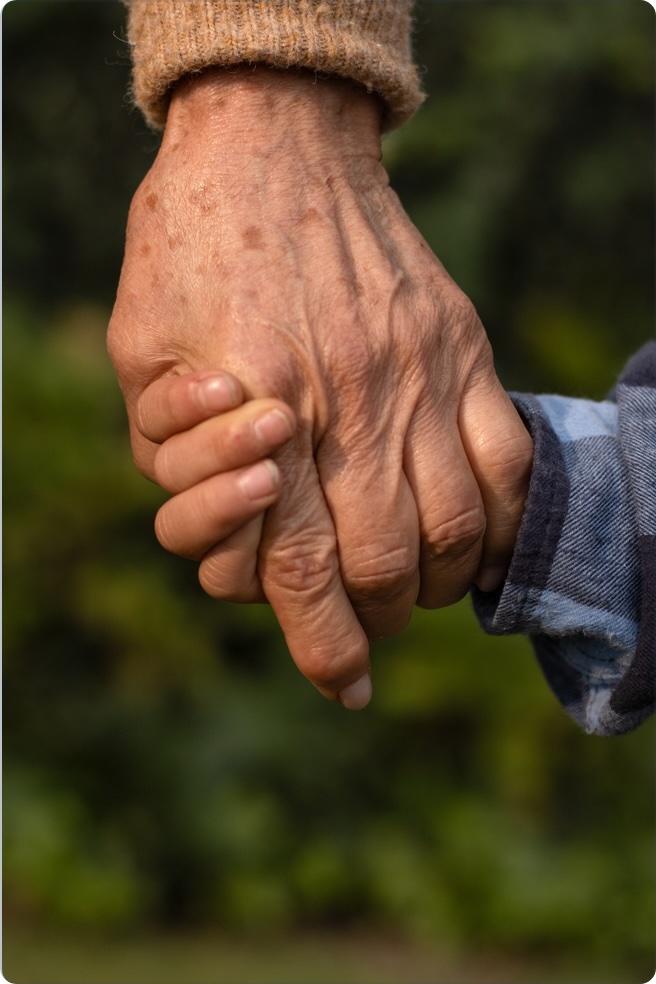
I forgot about this for almost ten years, and went my own path; my teacher got me a job and told me my students would now be my teachers. I decided after so many years to have lessons with the Grand Master. I entered his little ground floor studio. There were students practicing tui shou push hands and other exercises, and the Grand Master was at the back giving a lesson to someone, with push hands. He looked sideways to glance at whoever had just come into the studio door, and abruptly dropped the hands of the student he was teaching and walked over to me. He gently took my hand and asked, “What your name?” I told him “Susan”. “Ah, Soo-san, Soo-san”. Smiling he took me over to the wall, which had photos plastered over it. In one section, he had photos of that banquet from 10 years ago, and there I was, in several of them! He pointed, “Soo-san” and smiled. He remembered.
He started me at what they called the ‘Dragon’ level. He did not have me learn his form from the beginning. I was told the no one, in the decades since he had been there, had ever been allowed to skip learning his form. I tried to be like everyone else and make small talk with him, about which restaurants had the freshest fish or where to buy the best sword. If I tried to speak to him in my lessons, he would take my hand abruptly and sit me down on a bench and say, “Sit, drink tea”. Oops. He taught me in silence, and I listened as he guided, prompted, pushed, pulled and showed me how to master movement and energy.

Today, I played my favourite oboe exerpts from Rimsky-Korsakov’s ‘Scheherazade’. It is the first time I have done so since sustaining injuries many months ago. It was scary; my attempts to play music thus far had been choppy and jumbled as my brain and body endeavoured to reassemble in harmony. Going back recently to Tai Chi, as a student at a new dojo with a new teacher, has been a boon. But, today was about the oboe and about music. I thought of my beloved oboe teachers and their important words, to play everything, including technical exercises, with expression; that is how music is played, otherwise, it is merely notes.

I played Scheherazade companioned by their lessons and words, coyly coaxing out lyrical music, a ballet ship afloat over crestfalls and sea.
-
Violence and Passive Aggression: The ‘Love Bomb’
I was making an inventory of the things I want to bring on my upcoming trip to Taiwan, where I’ll be performing with the Xianse Gong Chinese Orchestra. I’m very excited about this trip, as there will a few ‘firsts’ for me: my first travel away from Toronto since March of 2020, and also my first trip to East Asia. I’m going with a group, many of whom also play in the Toronto Chinese Orchestra. Here is a link to our concert, scheduled for 20 July: “On the Other Side of the Rainbow is Home”
High on the list, next to my Alto Suona, are the Tai Chi Chu’an slippers that I wear for morning outdoor practice. I’m hoping to join a group in the mornings at a nearby park while I’m there.
I looked at my collection of Tai Chi swords and sabres, wistfully. Much as I’d like to get extra practice with them in Taiwan, they are just too long and awkward to bring on a 13 day trip.
Then, another thought came to me, a memory of a conversation with someone who came to visit me while I was recovering from surgery a few months ago.
She was perusing my collection of books and artwork, then stopped. “Oh, you have weapons“.
“Where?” I asked. I followed her line of gaze upwards and towards a rack on top of the large keepsake display case in my dining room. “Those swords on that rack are for Tai Chi, they’re not for fighting or hurting people.”
Her nose scrunched upward, pursing in her lips as they did so, as if something smelled off. “I think of tai chi as something graceful and peaceful, not violent or aggressive, with weapons.”
“You’re right, it is graceful and peaceful. And also, Tai Chi Chu’an is a martial art – that is its origin, and if the martial applications and intentions of the movements are not understood or incorporated, than what is being done is merely arm and hand waving, with little benefit to health or inner strength.”
“That sounds violent.”
“Well, the whole point of learning Tai Chi Chu’an is to prevent violence. Tai Chi Chu’an is an internal martial art, designed to develop the inner self. By doing this, by reducing fear, violence can be prevented and if not, then the discipline and practice prepare one for self-defence. Inner peace, rather than external hard strength, is developed through learning how to engage with challenges, both inner and outer, with confidence and grace. It’s very psychological.” I thought this latter piece about psychology might register as a more acceptable reason for practising tai chi. But, her nose remained wrinkled as she continued to squint with distaste at the resting swords and sabre.
“I believe in Love Bombs as the best tool for violence prevention and self-defence”, my visitor said.
I’m not sure what a ‘Love Bomb’ is, and I asked her. The answer came as something about showing care of people and letting them know they are cared about.
Here is what I read about ‘Love Bombing’ online:
“You may have heard the term “love bombing” circulating online and on social media, but what does it mean? Although it might sound like something we’d all want — being showered with unlimited love and affection — it’s anything but healthy. Love bombing is a tactic often used by a narcissist to manipulate you into falling for them.”
This is what I came to understand while looking at my swords: Despite my being a functional invalid, with a plaster cast on my foot for the next several weeks, I never heard back from her or received the promised ‘Love Bomb’ of congregants or other helpers that were to come assist me while I recovered.
So, this irony raises some questions. What is the difference between violence, aggression, and passive aggression? and, how does Tai Chi Chu’an fit in to categories? Let’s start with the dictionary definitions of these terms, and proceed from there1:
- Violence: “the use of physical force so as to injure, abuse, damage, or destroy.”
- Aggression: “a forceful action or procedure (such as an unprovoked attack) especially when intended to dominate or master.”
- Passive-Aggression: “passive-aggressive behaviour, the donning of a mask of amiability that conceals raw antagonism toward one’s competitors, even one’s friends.— Hilary De Vries”
The history of modern Tai Chi Chu’an, of at least the past 100 years can be found online in a variety of places. Since my mind is on Taiwan right now, I found this quote in a lovely article in Taiwan Today about one of the founders of modern internal martial arts, Master Cheng Man-Ching:
“It is inconceivable to the uninitiated how a Tai Chi Chuan boxer trained only in physical and mental relaxation can fight a man of muscle. Relaxation is, in fact, the secret, and the degree of accomplishment is measured by one’s ability to relax. The most advanced achieve a mental calm that is a great force in itself.
Prof. Cheng often says that Tai Chi Chuan is a mental process that eliminates fear, which is man’s biggest enemy. Fear makes a man rigid, deprives him of flexibility and paralyzes both body and mind. When a student practices Tai Chi movements, he is taught to deal with an imaginary enemy who is strong and fierce. But when he is actually facing an opponent, he must imagine there is no one in front of him.
The appearance of Prof. Cheng as Tai Chi Chuan master is deceptive. He wears sideburns and whiskers. Chinese long gown and cloth-soled shoes are his everyday attire. On occasions, he puts on the gown-like dress he designed himself. He is more than unobtrusive; he looks sluggish….
During World War II, he staged two impressive demonstrations at the British Embassy and the American military mission in Chungking. In both cases, sturdy stalwarts experienced in Western boxing were selected to disprove his strength. None of their blows even landed. Instead of hitting him, they were sent lurching many feet away.
One towering giant of some 230 pounds tried twice. He was obviously perplexed by the inexplicable power of the small Chinese. Frustrated in the first attempt, he attacked even more violently. But force again undid him. He was tottering perilously toward a serious fall and the spectators were watching with apprehension. Before anyone knew what was happening Prof. Cheng had darted to his side to steady him with a soft hand on the elbow.”So, perhaps this story helps you have a more complete idea of what Tai Chi Chu’an is, and whether it is an aggressive, violent practice, as was my visitor’s belief, or a practice of letting go of fear and reducing aggressive behaviour.
In addition, I want to highlight the importance of understanding what ‘passive-aggression’ is. Sometimes people appear passive and harmless while they are actually harming you. The fear this behaviour arouses in you is blocking you from seeing the truth of what they are doing.
In these times we have so many restrictions on what one is or is not allowed to say. However, these restrictions do not change attitudes, and aggression and violence have not gone away. Instead, they are expressed in a sideways, socially acceptable, manner; such as a person making general statements about “certain people” or “those people” when they really are referring to you. We recognize this sort of covert violence and aggression in others as, “A Wolf in Sheep’s Clothing” or “A back-handed compliment”.
And we are harmed, because no one wants to be the little child who cries out, “The Emperor isn’t wearing any clothes”.
A “Love Bomb” is still a bomb.
Think about the people in your life, whether employers, family members, friends, neighbours, politicians, or anyone else. Are their behaviours congruent with their words? Are they helping you up or pulling you down with their polite conversation or when answering your request for assistance?
Violence and Aggression are overt and easy to discern. Passive-Aggression is much more difficult and covert. It seems too innocent, and socially unacceptable to call it out as harmful. The question arises then, of how to address the harm that aggression and violence does, whether overt or covert.
One answer is to become aware. As it is with Cheng Man-Ching: removing fear as your baseline allows you to fully feel and understand whatever is coming at you so you can address it in a non-violent and satisfying way. And, he reminds us, it takes work to be able to do this.
As I pack for Taiwan, and look ahead at practising Tai Chi Chu’an while there, a peaceful comfort comes with knowing that I am continuing to do my inner work, the work that helps me reduce fear and engage in my experiences with dignity and grace and confidence.

